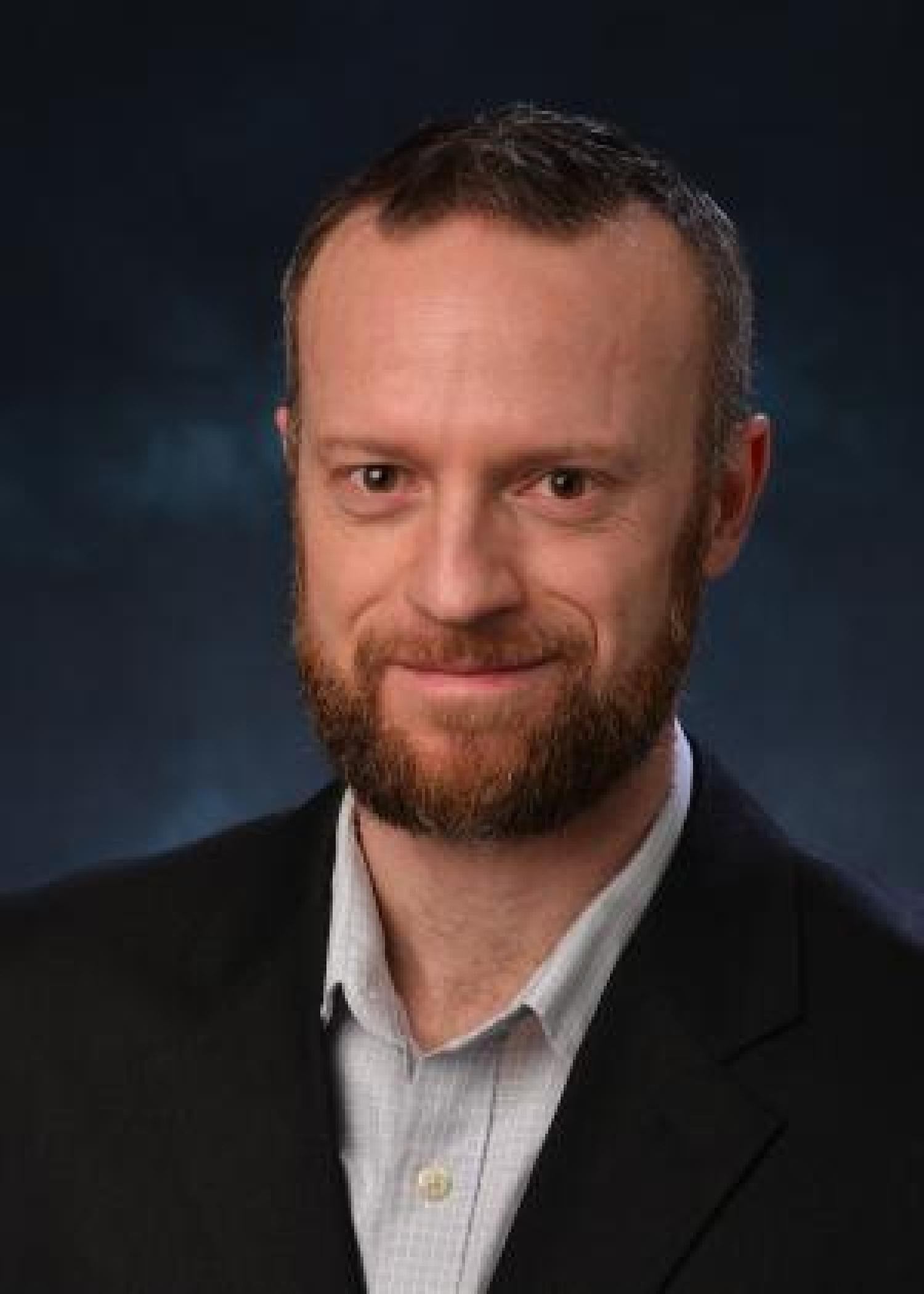Seminar: Science, Engineering, and Education with Cubesats for Space Science - Sept. 27

Robert Marshall
Assistant Professor, Smead Aerospace
Monday, Sept. 27 | 12:00 P.M. | Zoom Webinar
Abstract: CubeSats are small, low-cost satellites that can be built and deployed in a few years or less. They can be used to demonstrate new satellite technologies, to test new capabilities, or to provide hands-on educational experience to students. In recent years, however, CubeSat technology has matured to the point that full-fledged operational or science missions can be conducted from these small satellites. This development has opened the door to unique, focused science missions with big impact that can be designed, built, and operated by universities such as CU Boulder.
My research group is currently developing three CubeSat science missions: AEPEX, CANVAS, and COSMO. I will give an overview of these three missions and how they fit into the overall research program of the LAIR research group. I will then use the CANVAS mission to illustrate how the development of CubeSats contributes to science, engineering, and education in our department. CANVAS is designed to measure and map very-low-frequency (VLF) radio waves in low-Earth orbit; these radio waves play a key role in controlling the fluxes of energetic electrons in the Earth’s radiation belts. Results from this mission will provide the first quantitative assessment of global VLF energy injected into space from below. Like our other CubeSats, CANVAS also has its share of unique engineering challenges, resulting in the development of several novel solutions. Finally, as an NSF-funded mission, CANVAS is driven by both research and education, and is therefore developed largely by students in the Graduate Projects curriculum in the Aerospace Engineering Sciences department. These students take on technical and leadership roles that provide training and experience for their future careers. This brief overview of the CANVAS CubeSat will show how science, engineering, and education come together in pursuit of this unique mission.
Bio: Bob Marshall is an Assistant Professor in the Aerospace Engineering Sciences department at the University of Colorado Boulder, where he leads the Lightning, Atmosphere, Ionosphere and Radiation Belts (LAIR) research group. His broad range of research interests include lightning and its effects in space; meteors; and coupling between the radiation belts and the upper atmosphere. His group designs and builds custom scientific instrumentation, collects and analyzes data, and conducts numerical modeling, aiming for a complete scientific approach to space physics investigations. He is currently leading the development of three CubeSat missions that will make complementary observations of the space environment from Low-Earth Orbit.

